Recreation of the FA-32 cassete recorder interface for the Casio PV-7, MX-10 and MX-101.
The whole project was designed to be easy to reproduce. The original circuit was reverse engineered and a custom, single sided PCB was designed to fit into a Hammond 1593J plastic case.
The board provides options for some of the components:
-
Relay:
Original FBR211 series or a generic DPDT subminiature type with DIP spacing that can be found under several brands and part numbers
-
Transistor
Original 2SC945 [BCE] or a BC338 [EBC]
-
EAR/MIC Input Jacks
Two Mono Jacks PJ-301 or a Stereo Jack type PJ-325
The connection from the MSX to the board is done using a DIN-5 to DB-9 cable with the following wiring:
The connection to the Cassete depends upon the option used for the MIC/EAR jack:
- Two Mono Jacks PJ-301
- One Stereo Jack type PJ-325
 danjovic
danjovic





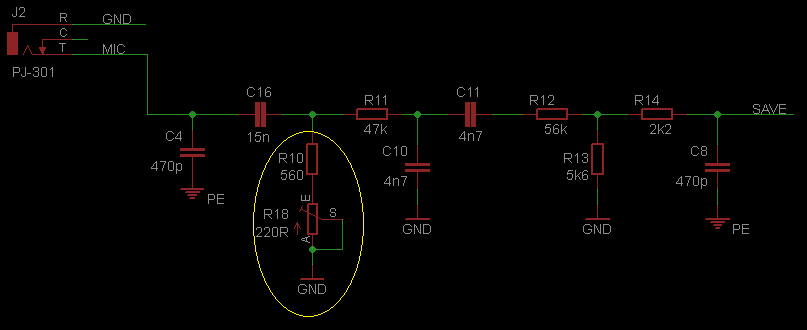
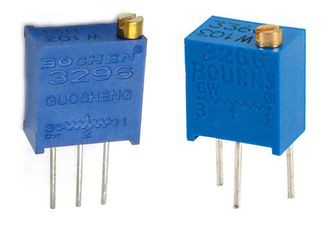
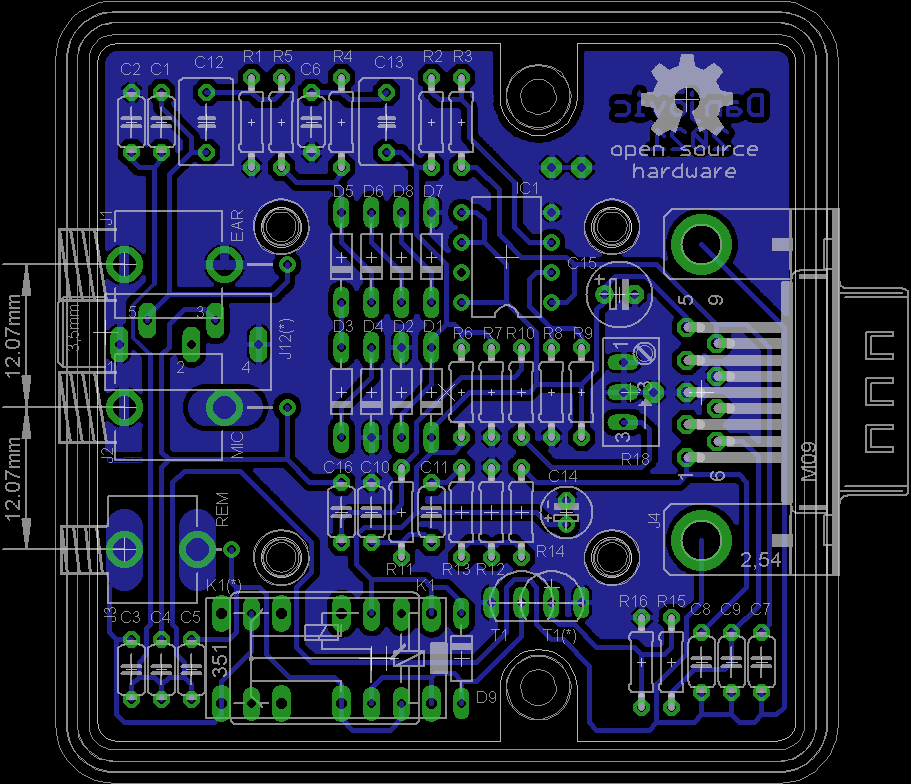
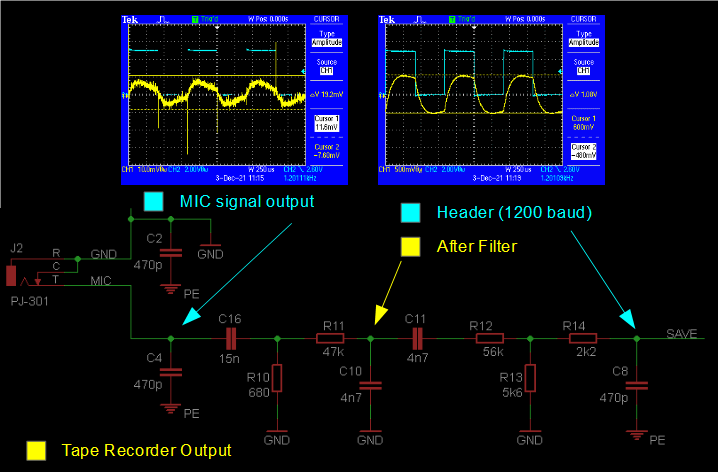
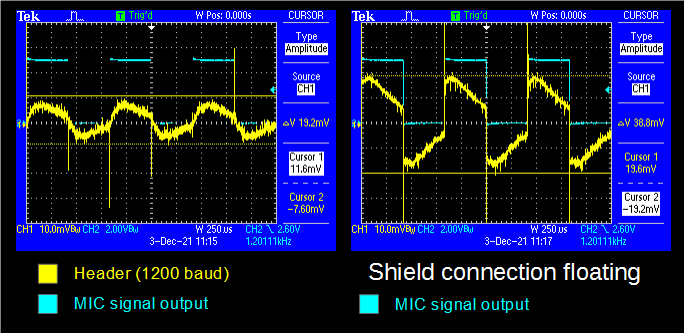
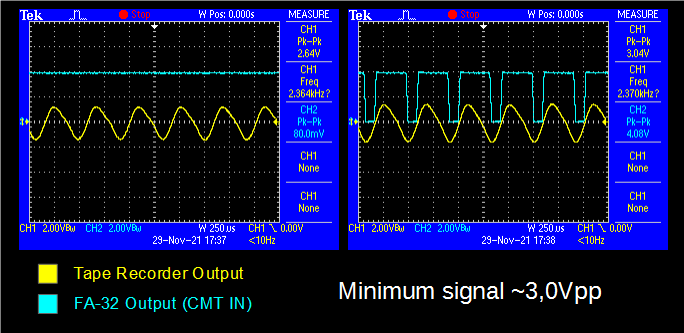
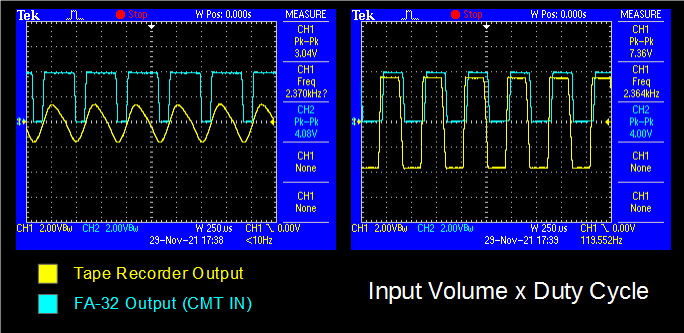
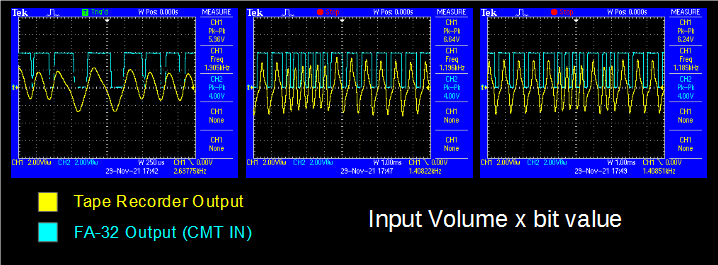
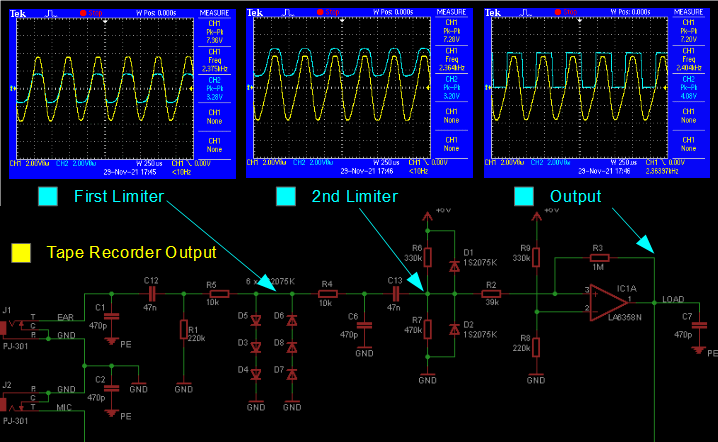
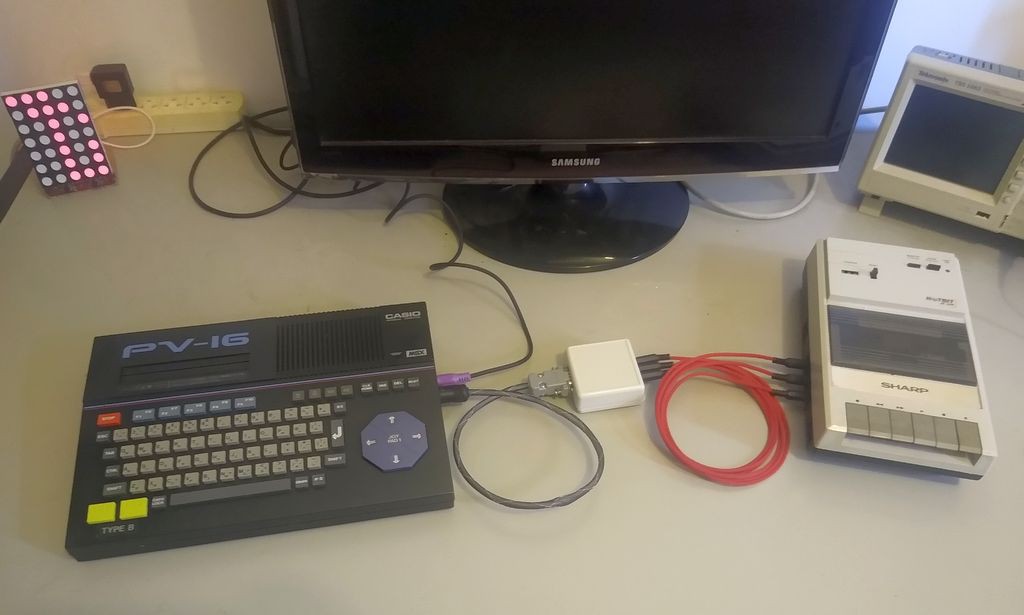

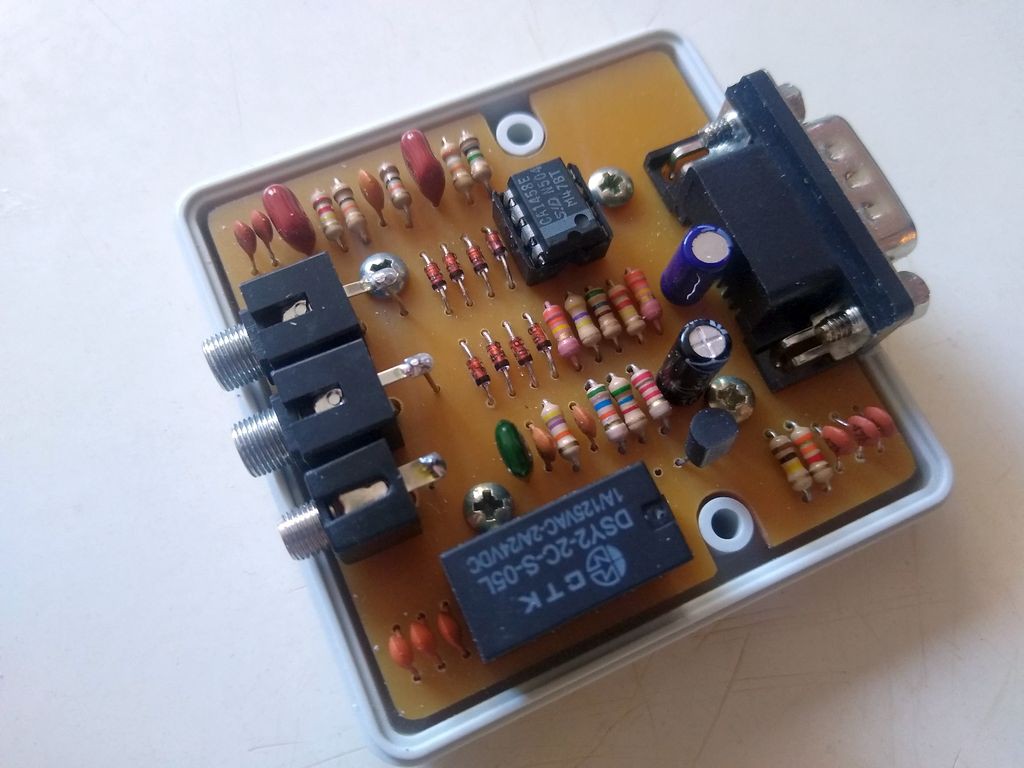
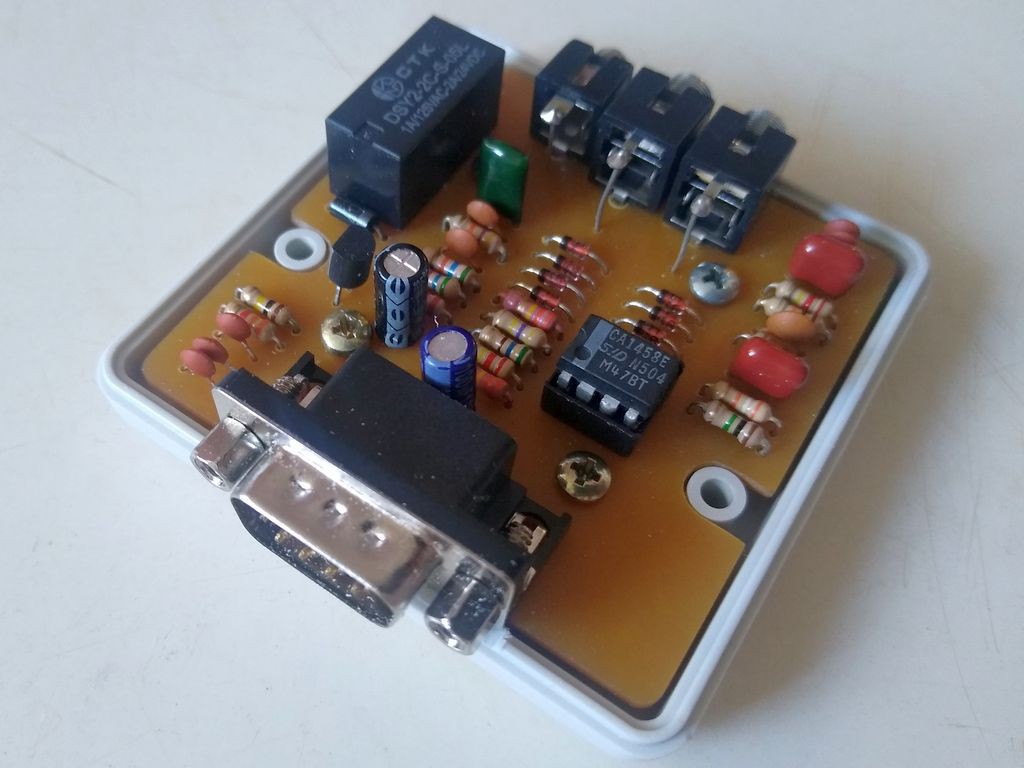
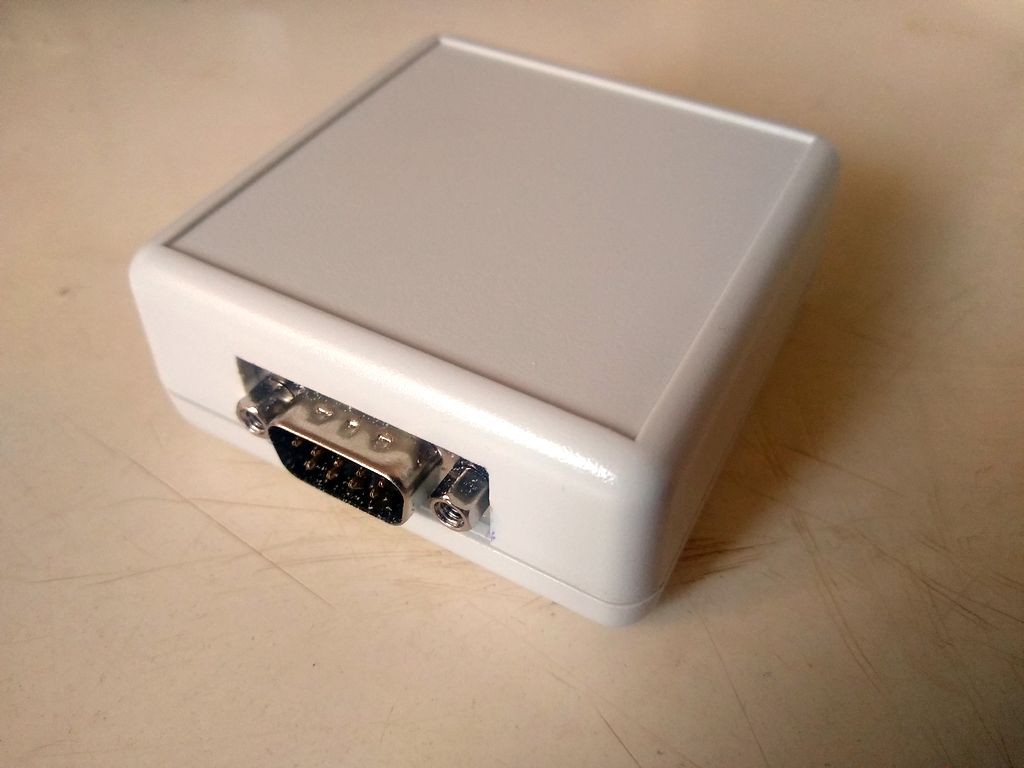
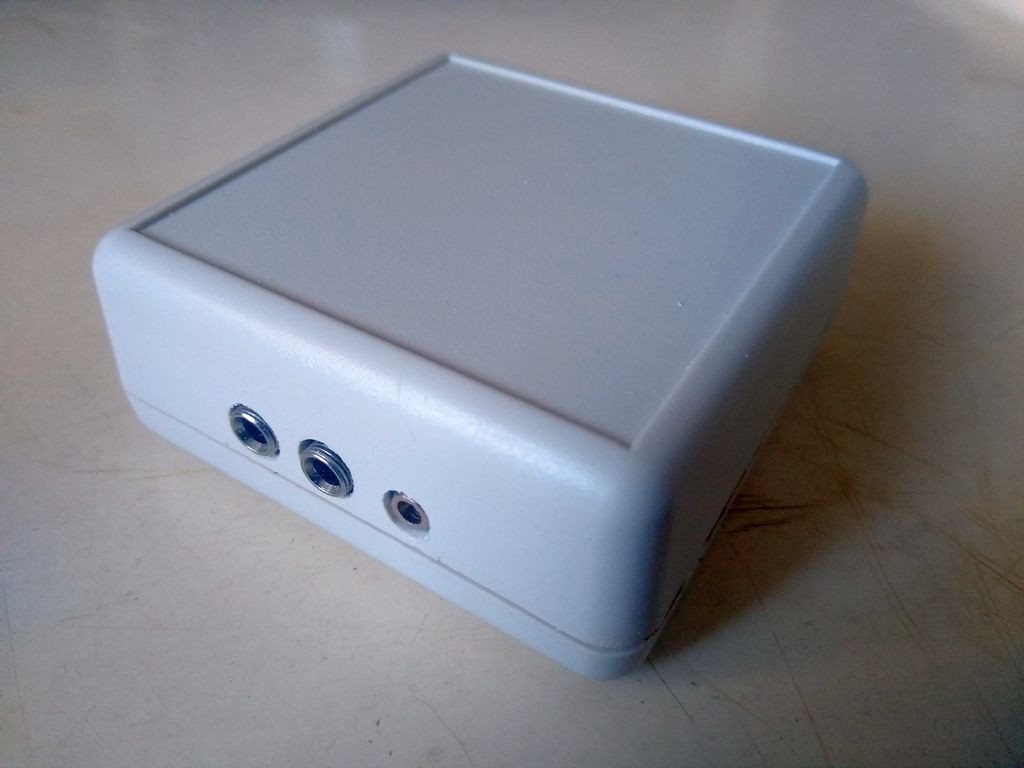
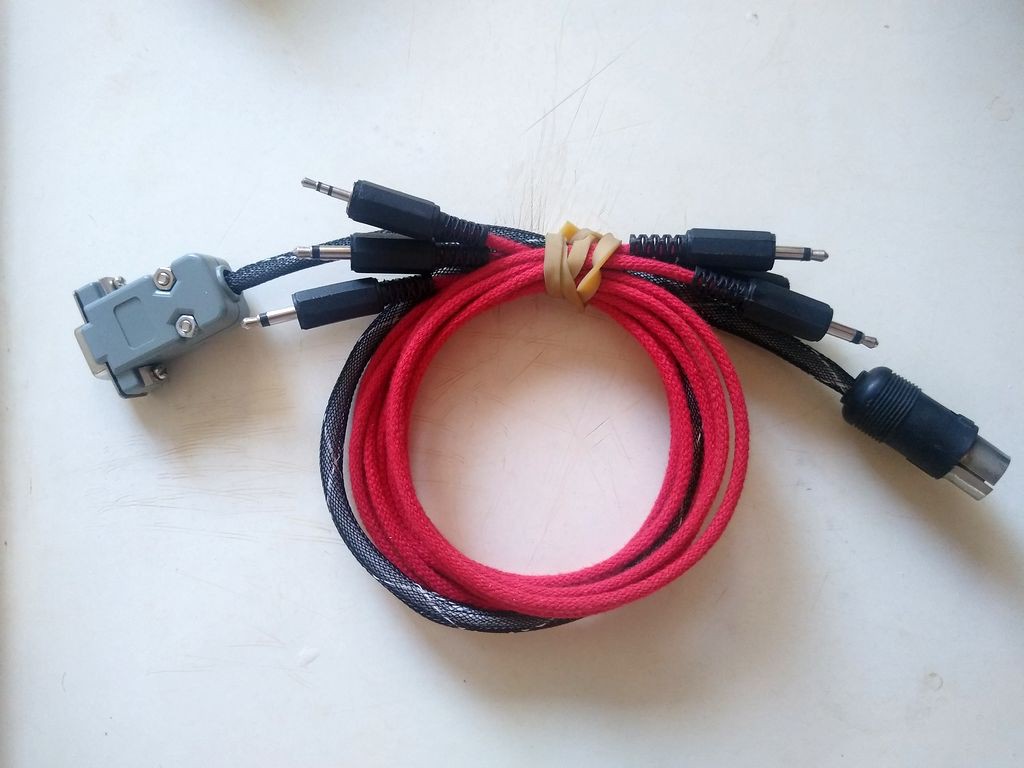
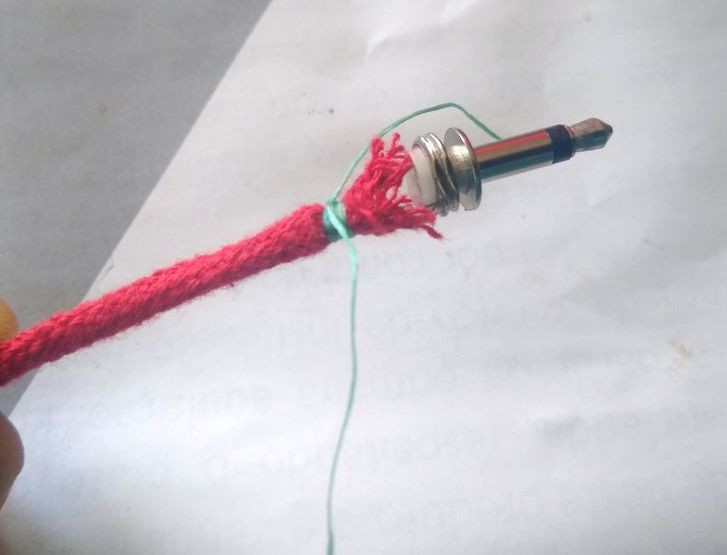
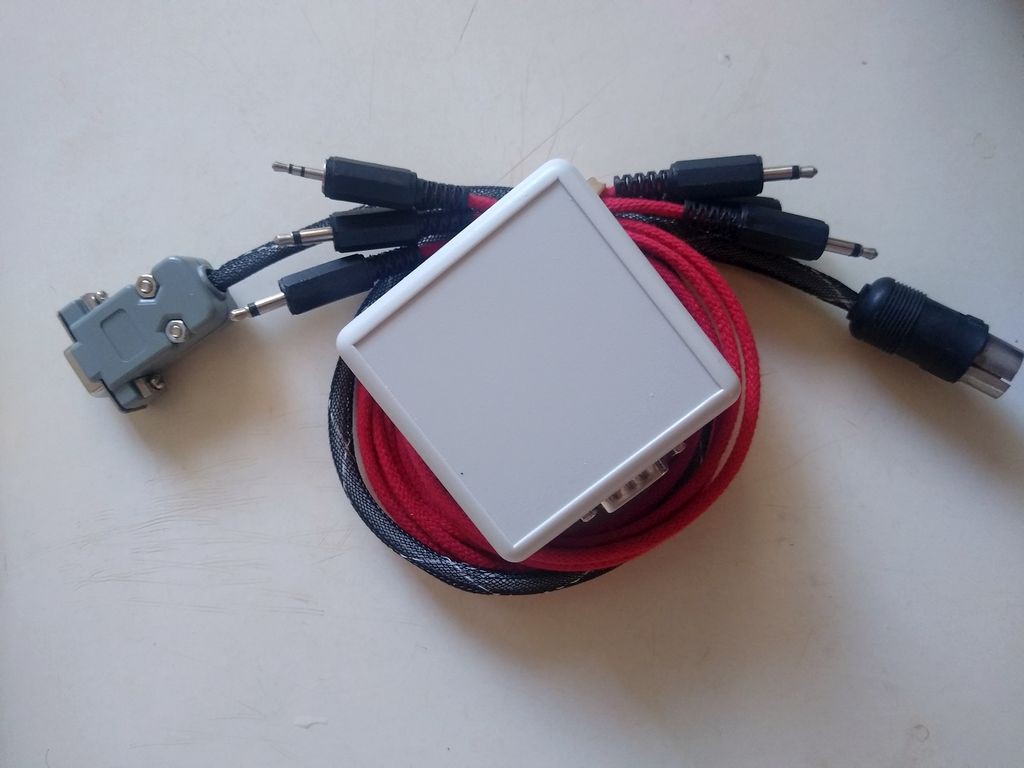
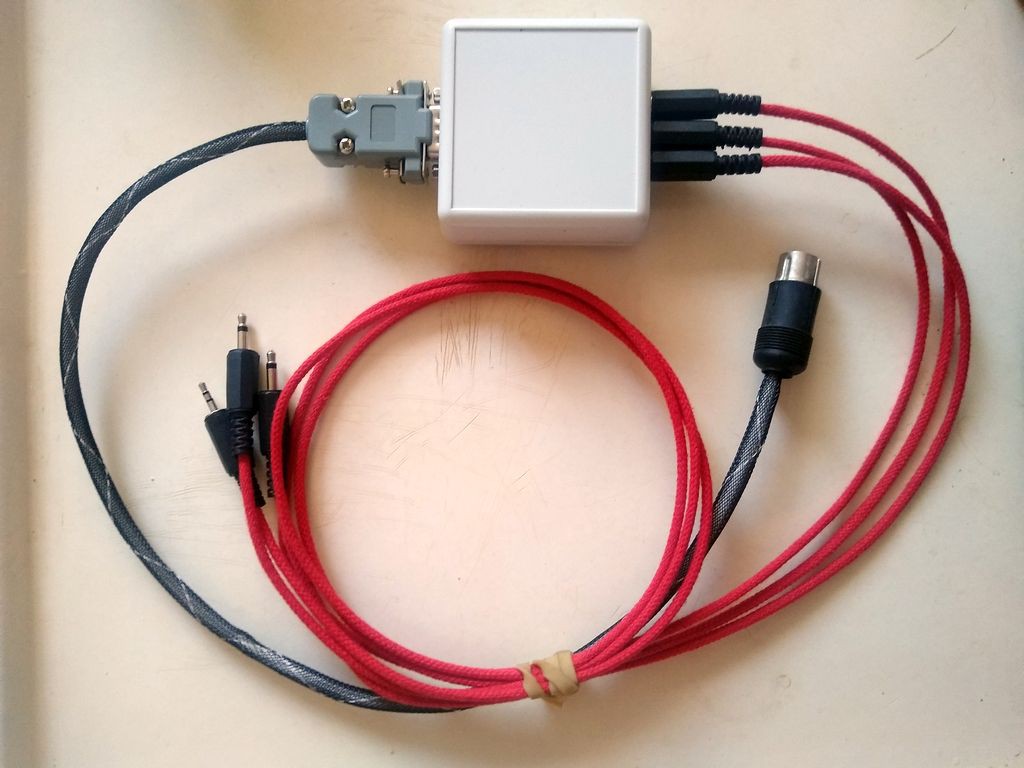
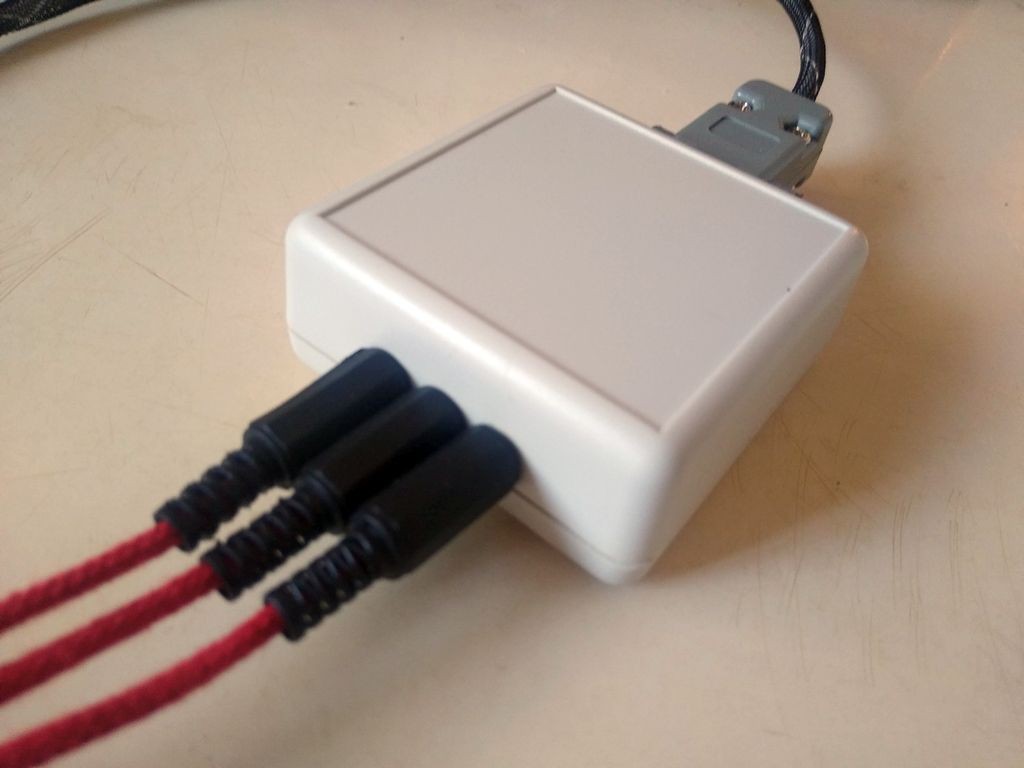
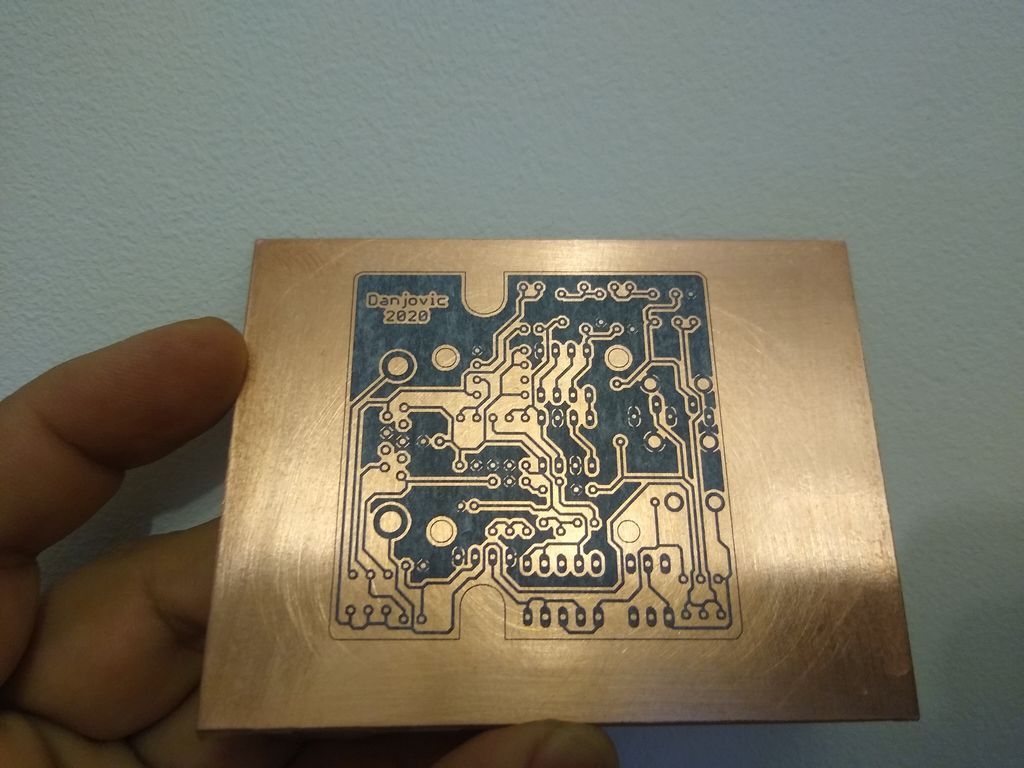
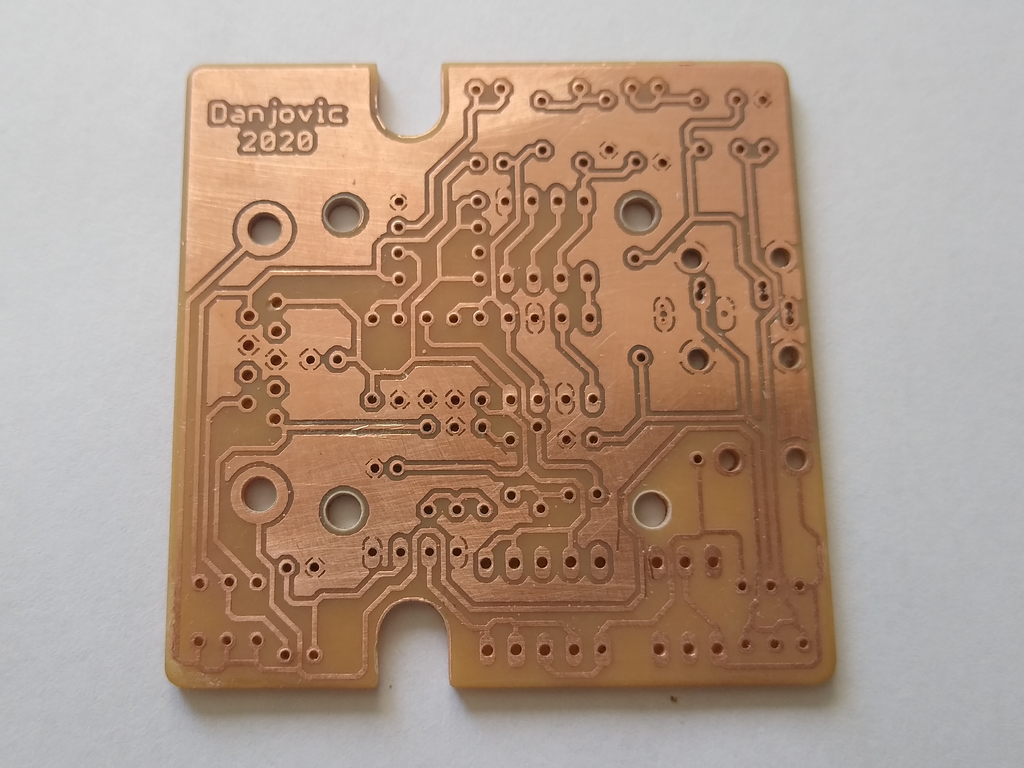
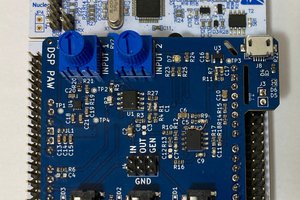
 Clyne
Clyne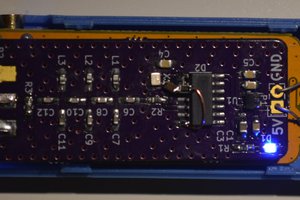
 Elia
Elia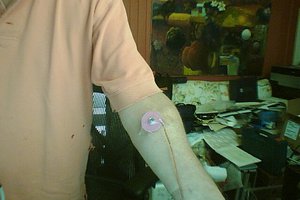
 Jonathan Kelly
Jonathan Kelly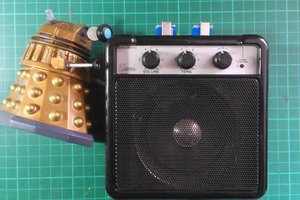
 Sproket
Sproket